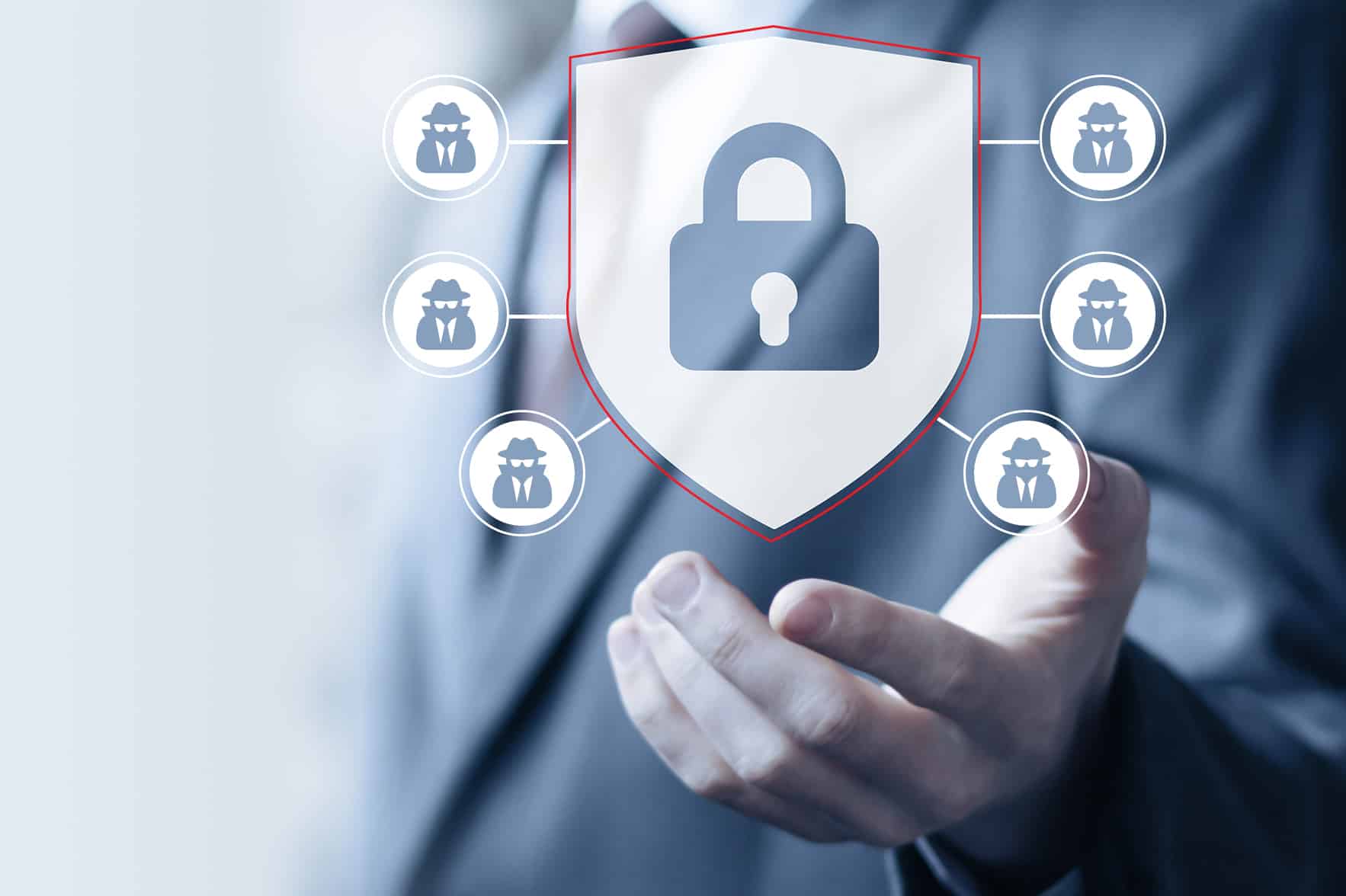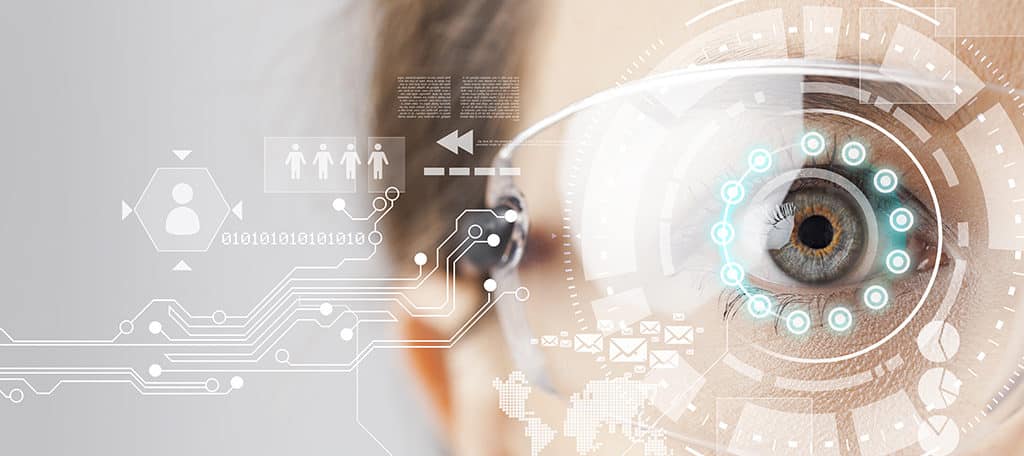
Keeping an eye on the security of your website and online data is a constant chore. Just because you believe you have the best plans and platforms doesn’t mean you should relax in your safety vigilance.
What worked well a year ago may be obsolete thanks to new exploits. In many cases, merely adding a new device to your network could compromise the security of everything you hold dear.
With that being said, what are some of the cyber security threats you should be watching for?
1. Ghostware

As security companies implement strong defenses, cyber criminals continue to work hard to hide detection. This form of “ghostware” is designed to keep a hacker hidden while getting around security measures.
For example, an IP address spoofing application can be considered ghostware as it hides the attacker’s true location during detection. However, experts believe that these pieces of software are only going to get more sophisticated over time.
Cyber security threats such as this need to be addressed by implementing stronger measures for protection.
2. Identity Theft

Although identity theft isn’t a new threat, it’s still one that plagues online users on a daily basis. Between fraudulent emails and breaches in data security, personal information is always at risk.
Because of the value of personal information on the black market, problems such as identity theft may never subside. Luckily, many organizations are putting in a great deal of effort in order to reduce this problem.
3. Wearable Technology

While wearable technology can be useful, it could also pose a serious threat. Some experts believe the apps which control these devices will eventually lead to compromises to steal data in the very near future.
If coding from a manufacturer is poorly written, exploits could give hackers access to everything on your mobile device. This is especially problematic as it seems that so many manufacturers are trying to get in on the action of the wearable-technology trend.
This includes low-budget devices by companies who don’t hold security as high of a concern.
4. Threats from the Internet of Things

The Internet of Things refers to all of the smart devices available that access online resources.
For example, some household appliances will utilize your home’s Internet connection so you can control them from virtually anywhere in the world.
Unfortunately, the increased production of these items are a great cause for concern. Devices and appliances which connect to the Internet may be infected with malware for a variety of purposes.
5. Card Duping

Technology is a wondrous thing, until it’s used to imprint your credit or debit card data onto a plastic proxy. Duplicating a credit card is not as difficult as many may think, and it’s becoming an increasingly troublesome problem.
With duping technology, hackers no longer need to see your card number in order to steal the information from the magnetic strip. This is the driving force why many banking institutions install reader chips within the cards themselves.
Without this chip, the account will not release funds when swiped at a retailer.
Unfortunately, this doesn’t really prevent online use or other purchases where swiping or chipping is unnecessary.
6. Social Engineering

Phishing emails are those designed to dupe unsuspecting people into giving usernames, passwords and other private information.
Many hackers have moved beyond these email messages and are utilizing social media for the same purposes. Although sites like Facebook and Twitter go to great lengths to protect users, sometimes links to malware sites or other fraudulent content slip through.
Keeping Your Data Protected

While the above threats can pose serious problems for you, there are ways you can minimize the extent of the damage. Although no system is ever truly absolutely secure, it is possible to greatly reduce your risks.
Here are a few ideas that can help you get started locking down your website and your data:
Customer Information
Only keep information from your customers that is absolutely necessary. This can reduce the amount of information that is stolen in the worst-case scenario. It can also contribute to keeping the database efficient and clean.
Never Use Default Usernames and Passwords
One of the biggest problems many people have is using the default username and passwords for various devices. Things such as routers, websites or any other online components are a target for attacks.
Always change administrator control from the default settings. And make sure you stay away from some of the worst passwords you can use. While they’re usually easier to remember, they’re also the first hackers will guess.
Keep an Eye On Credit Reports
Keeping an eye on your credit activity can help you stop identity theft before it grows out of control. Many people don’t realize a problem exists until they go to buy a car or house.
Things such as ID Protect and LifeLock can help prevent people from opening unknown bank accounts and fraudulent credit cards in your name.
Routine Tests of Your Network
Organizations such as McAfee offer services to test your website for vulnerabilities. If you use a content management system such as WordPress, you can also find scanning plugins that do similar tests such as WordFence.
The bottom line is that you can’t plug a hole if you don’t know where it is. And the best part is many of these online scanning systems have free versions which are effective.
Data Encryption
Services such as Secure Socket Layers and using Oracle’s Transparent Data Encryption can help keep information safe from prying eyes.
Measures such as these are some of the most cost efficient methods to keep data from being stolen. For data stored on personal computers, there are also a number of encryption programs that can make it extremely difficult to access the material.
Monitoring the Network
Sometimes, you can find device compromises by monitoring the traffic on your network. For example, you can use software and apps to see whether your smart-enabled device is sending an abnormally high amount of traffic.
This may be an indication that the device has been compromised by malware.
Question Links Shared on Social Media
If someone you know on a social media site is sharing a link that looks questionable, don’t click on it. Social accounts are often targeted by hackers in order to share links to malware on a massive scale.
If there is any doubt in your mind, it’s best to contact the person directly and verify the link first. Friends and family might not know a bot is sharing links from their accounts.
Always Keep Updated
A large portion of those who lose data to security breaches do so because of a lack of updates. Keeping everything updated on a routine basis removes a lot of these exploits, which makes it more difficult to break into.
It’s worth the few minutes you’ll spend if it stops someone from accessing your data.
Always Be Aware
If you operate a website of any kind or utilize the Internet for any reason, you’re opening yourself up to cyber security threats. Whether these come in the form of an email or direct hacking from the criminal element, you should never assume you’re safe.
Take steps to reduce the damages caused by those looking to steal information or vandalize your site.
